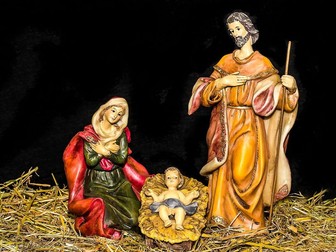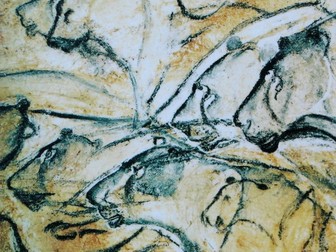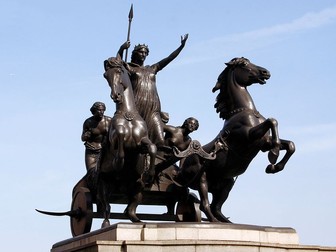
The Story of the Nativity - a playscript written by children, for children.
The Story of the Nativity is a simple, clear play script which was written by Y1 and YR children to be performed by them, following a drama session based on the Christmas story.
The script includes suggestions for carols to be sung by the children and audience, some simple stage directions, ideas for rehearsed movement and notes on costumes used.
The suggestions sheet includes ideas for performance, rehearsals, inclusion of more children and staging.
I used this with a YR/Y1 vertically grouped class, where YR took most of the speaking roles because they were so keen, after having helped to create the script! The Y1 children were narrators, prompts and lead singers.




